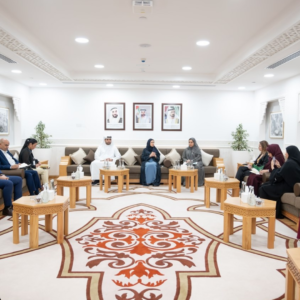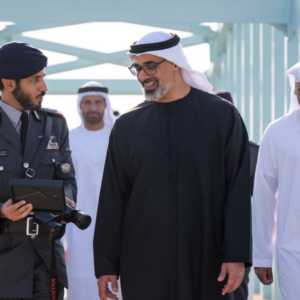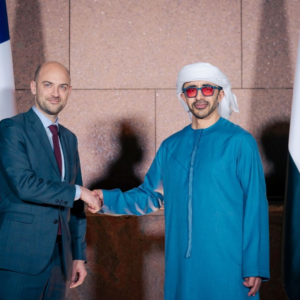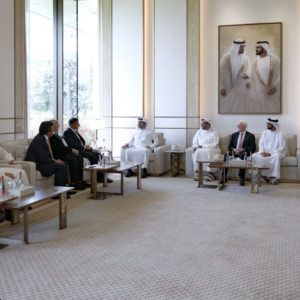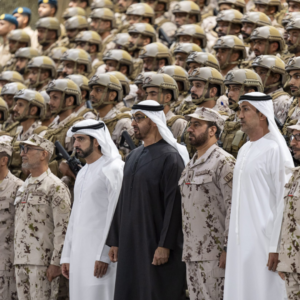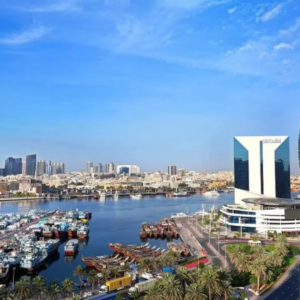The United Arab Emirates (UAE) is making groundbreaking strides in the field of Arabic Natural Language Processing (NLP), a critical aspect of artificial intelligence (AI) that enables machines to understand and interpret human languages. With the goal of advancing the AI sector and promoting the use of the Arabic language in technology, several initiatives like the Mohammed bin Zayed University of Artificial Intelligence (MBZUAI) and New York University Abu Dhabi (NYUAD) are leading the charge. These institutions are not only at the forefront of research and innovation in Arabic NLP but are also working to address the linguistic challenges posed by the complexities of the Arabic language.
Arabic, with its rich morphology, syntax, and dialectal variations, presents significant challenges for NLP technologies. To bridge this gap, the UAE is fostering collaboration between academic institutions, tech companies, and research groups to develop AI tools that can effectively handle the nuances of Arabic. At MBZUAI, cutting-edge research is being conducted on machine learning algorithms specifically designed to understand and generate Arabic text. Meanwhile, NYUAD is making strides in leveraging hybrid approaches that combine AI, linguistics, and cognitive sciences to enhance the processing and understanding of Arabic.
The UAE’s commitment to advancing Arabic NLP goes beyond just academic research. The country’s vision is to create a robust ecosystem where Arabic is more integrated into global AI technologies, offering both local and international developers access to tools and solutions that can handle Arabic text. Through these initiatives, the UAE is positioning itself as a leader in Arabic NLP innovation, ensuring that the Arabic language is well-represented in the future of AI and that the region remains at the cutting edge of technological development.
Ultimately, these efforts are not just about advancing technology—they are about preserving and promoting the Arabic language in the digital era, ensuring it thrives alongside other global languages in the AI-powered future.



